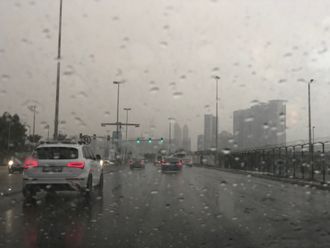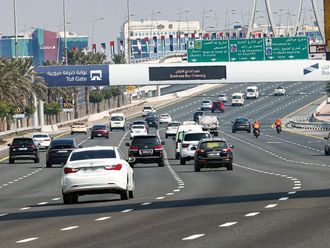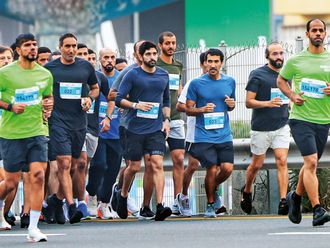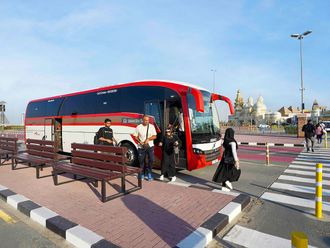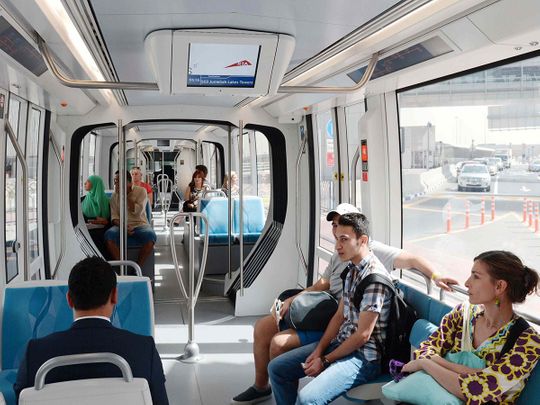
Dubai: Dubai’s Roads and Transport Authority (RTA) on Sunday announced that the ridership of public transportation and shared mobility means in Dubai clocked nearly 337 million riders in the first half of 2023.
The figure compares favourably with 304.6 million riders in the first half of 2022.
The daily average ridership of public transportation modes shared mobility, and taxis in the first half of 2023 was around 1.86 million riders, compared to about 1.68 million riders in the first half of 2022.
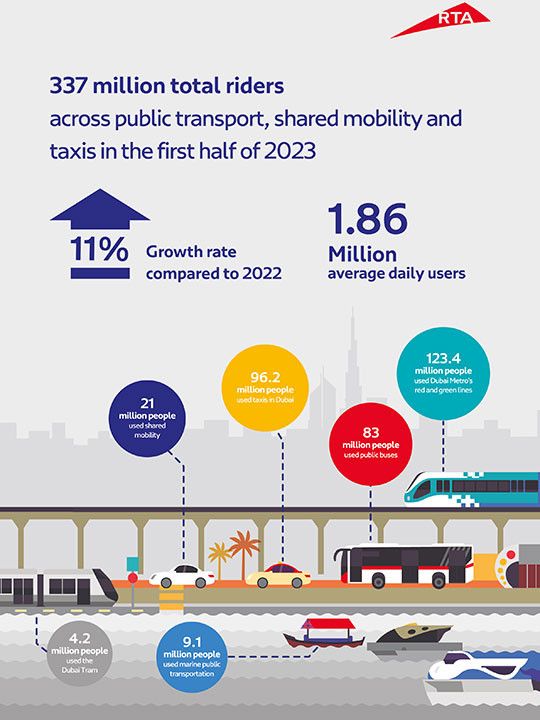
The figures show the total number of riders who used Dubai Metro, Dubai Tram, public buses, marine transport modes (abras, ferry, water taxi, water bus), e-hail rides, smart car rental, Bus-On-Demand, and taxis (Dubai Taxi and franchise company taxies).
Mattar Al Tayer, director general and chairman of the Board of Executive Directors of the Roads and Transport Authority said: “Dubai Metro and taxis accounted for the largest ridership share of public transport, shared mobility means and taxis, with 36.5 per cent for Dubai Metro, and 29 per cent for Dubai Taxi, while public buses contributed to 24.5 per cent. March 2023 was the busiest of all months recording about 60 million riders. Ridership in other months ranged from 53 to 58 million riders”.
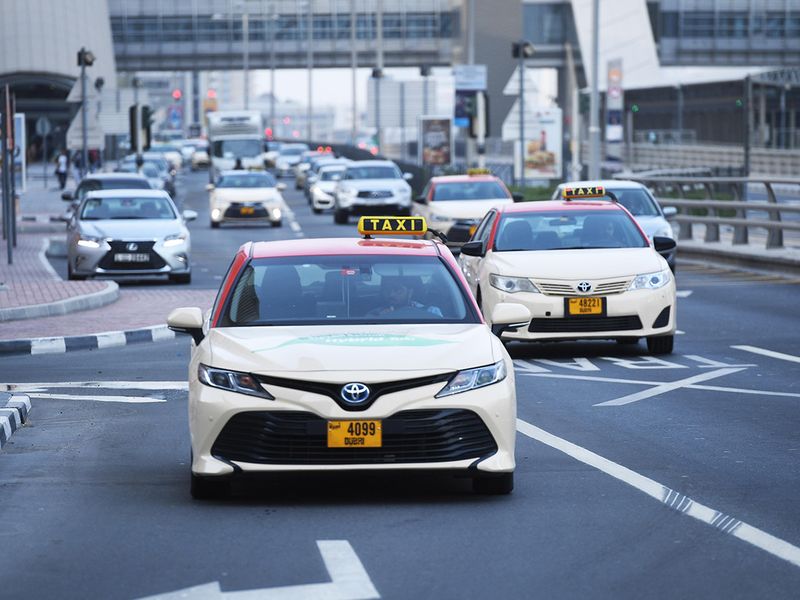
“Ridership increased by 11 per cent in the first half of 2023 in comparison with the same period in 2022. These results are a significant indicator of the resurgence of Dubai’s economic activity, as well as the effective initiatives of RTA to encourage residents and visitors to use public transportation and offer diverse mobility options for Dubai’s residents. Dubai’s integrated public transport network has now become the backbone of people’s movement around Dubai. The network was successful in coaxing a change and evolution in the community’s culture and attitudes towards using various public transport means,” noted Al Tayer.
Busiest metro stations
“Dubai Metro ridership on both the Red and Green Lines hit 123.4 million riders in the first half of 2023, with Burjuman and Union stations accounting for the majority of riders. On both the Red and Green Lines, Burjuman Station served 7.25 million riders, whereas Union Station was used by 5.6 million riders. The Red Line’s busiest station Al Rigga served 5.4 million riders, followed by Mall of the Emirates Station with 5.2 million riders, and Burj Khalifa/Dubai Mall Station with 4.7 million riders. On the Green Line, Sharaf DG Station ranked first in terms of ridership clocking 4.4 million riders, followed by Baniyas Station serving 3.8 million riders ahead of Stadium Station with 3 million riders, and the remaining ridership was distributed among other metro stations,” said Al Tayer.
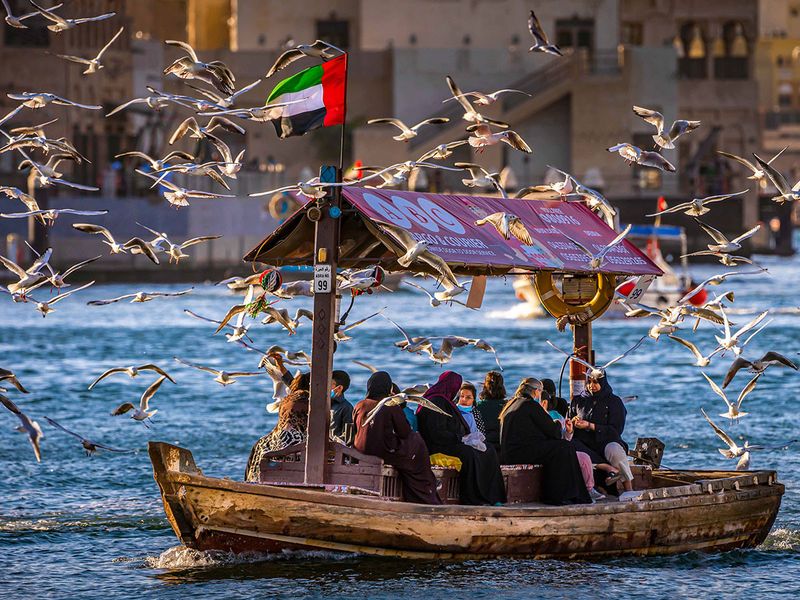
In the first half of 2023, Dubai Tram lifted 4.2 million riders, public buses served 83 million riders, and marine transport means (abras, water bus, water taxi, and ferry) lifted 9.1 million riders. Shared mobility means (e-hail, smart rental vehicles, Bus-On-Demand) lifted 21 million riders, and taxis (Dubai Taxi, and franchise companies) lifted 96.2 million riders.
Integrated network
“To achieve smooth traffic flow in the emirate RTA’s strategic and executive plans are built on integration of various public and shared transport means. They entail enhancing and broadening the road networks, crossings and public transport modes including the metro, tram, buses, marine transport, first and last-mile mobility means and shared transport. The plans also include improving facilities for pedestrians and cyclists and upgrading technical traffic and transport systems to ensure optimal utilisation and efficiency of the road and public transport network. They also encompass the implementation of policies to limit the public reliance on private vehicles and enhance reliance on other mobility means including public and shared transport,” concluded Al Tayer.






